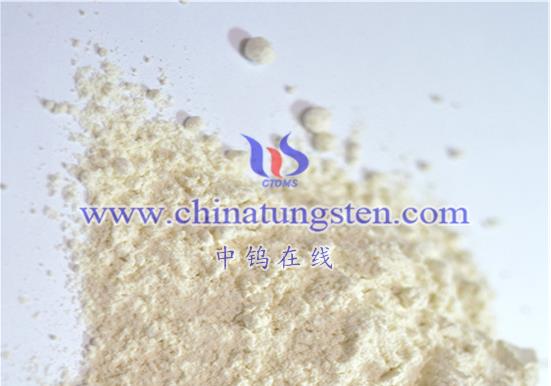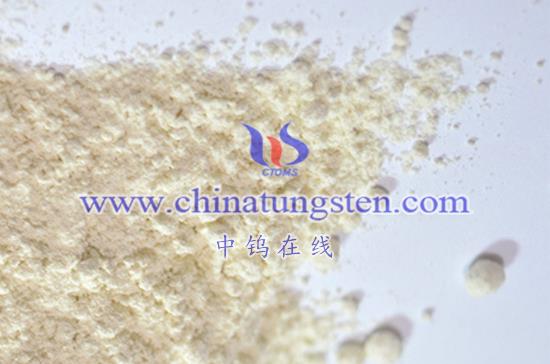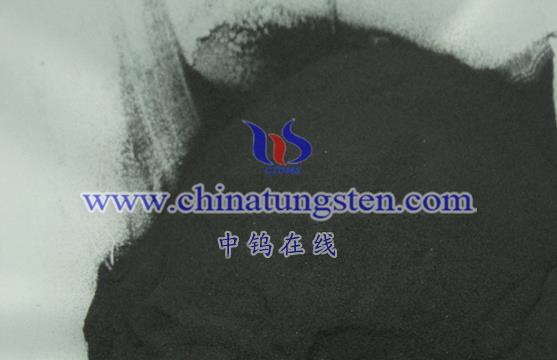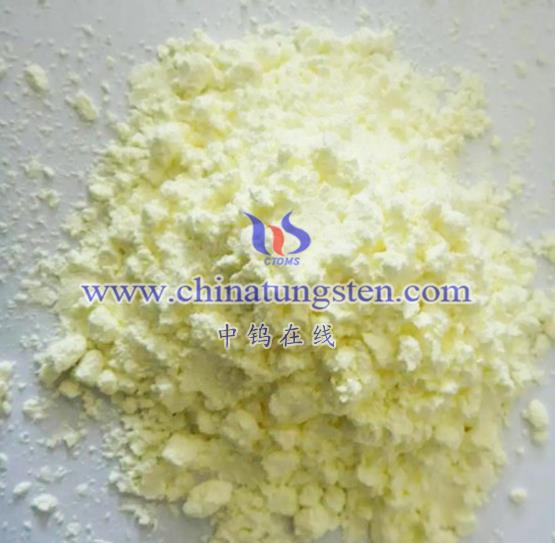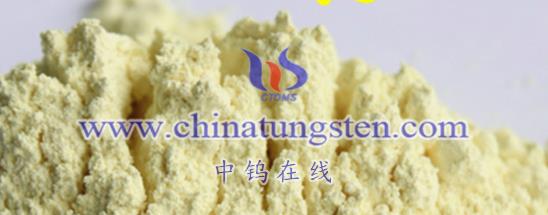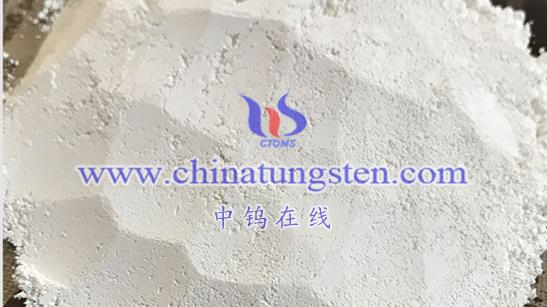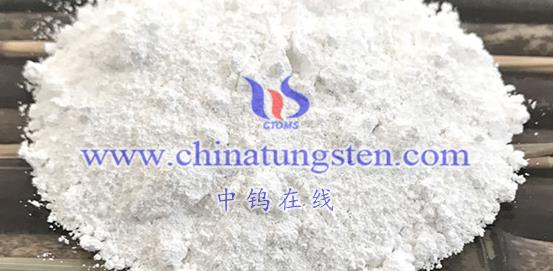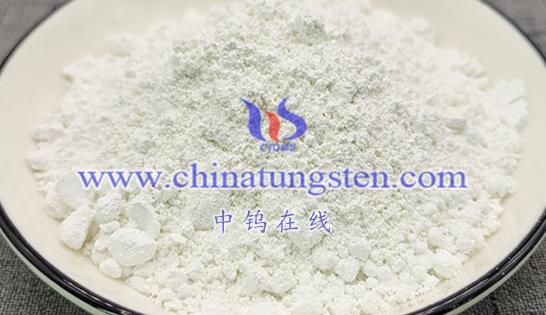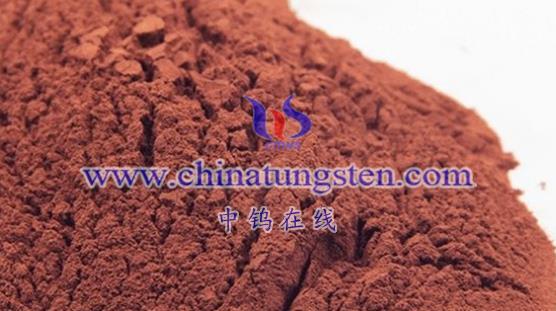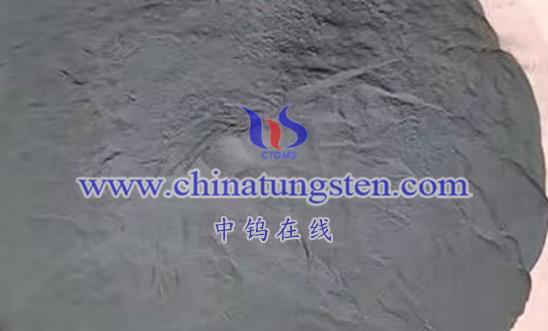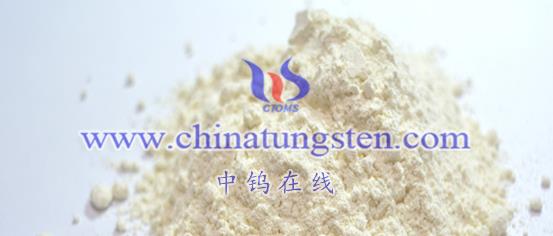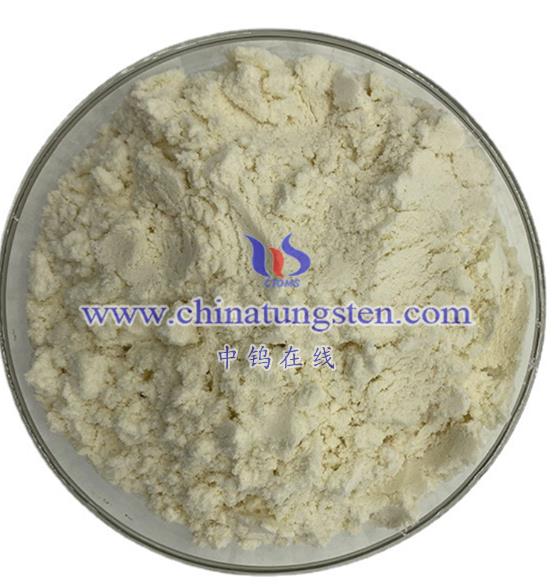
Nano-tungsten oxide (WO3) shows considerable promise in the biomedical field due to its unique physical and chemical properties, such as high stability, photoelectric performance, biocompatibility, and biological activity. Here are some of the primary potential applications of nano-tungsten oxide in biomedicine:
- Biomedical Imaging
- Fluorescent Imaging: Nano-tungsten oxide particles exhibit favorable fluorescence properties. By encapsulating fluorescent dyes on the surface of these particles, high-resolution imaging of tissues and organs within the body can be achieved.
- Tumor Diagnosis: In cancer diagnosis, nano-tungsten oxide particles can serve as imaging agents to help accurately locate tumors, providing critical information for surgery and treatment planning.
- Drug Delivery
- Targeted Drug Delivery: With their large surface area and tunable porous structures, nano-tungsten oxide particles can adsorb or encapsulate drug molecules for targeted delivery and controlled release.
- Cancer Therapy: Nano-tungsten oxide particles can carry chemotherapy drugs or gene therapy agents and deliver them directly to tumor sites, enhancing treatment efficacy while reducing side effects.
- Photothermal Therapy
- Thermal Effect: Under specific wavelengths of light, nano-tungsten oxide particles can absorb light energy and convert it into heat, creating a localized high-temperature effect that can kill cancer cells.
- Cancer Treatment: Combining photothermal therapy with nano-tungsten oxide particles provides a novel approach for cancer treatment by generating heat to target and destroy tumors.
- Biosensing
- Detection of Biomolecules: Nano-tungsten oxide particles possess excellent photoelectric properties and gas sensitivity, making them suitable for detecting specific molecules or ions within the body.
- Biomarker Detection: In biosensing, nano-tungsten oxide particles can be used to construct biosensors for the rapid and accurate detection of biomarkers such as blood glucose and uric acid.
- Antibacterial Treatment
- Oxidative Stress: Under light exposure, nano-tungsten oxide particles generate strong oxidative species that can damage bacterial cell walls and membranes, achieving antibacterial effects.
- Medical Devices: Coating medical devices and implants with nano-tungsten oxide particles can effectively prevent bacterial infections, enhancing the safety and longevity of these devices.
- Treatment of Inflammatory Bowel Disease (IBD)
- Therapeutic Potential: Studies suggest that nano-tungsten oxide particles (WO3NPs) have therapeutic potential in DSS-induced acute colitis in mice. WO3NPs can significantly reduce intestinal inflammation, mitigate bacterial translocation, restore colonic epithelial barriers, and reshape the gut microbiome in inflamed colons.
- New Treatment Options: This offers a new approach for treating inflammatory bowel disease (IBD), potentially leading to the development of safe and effective nano-drugs for clinical treatment.
In summary, nano-tungsten oxide has diverse potential applications in biomedicine, contributing to advancements in disease diagnosis and treatment. These applications not only offer new opportunities but also present challenges that require further research and validation to ensure safety and efficacy. As the field progresses, nano-tungsten oxide may become a valuable tool in various biomedical applications.
More details of tungsten oxide product, please visit website: tungsten-oxide.com
Please contact CHINATUNGSTEN for inquiry and order of tungsten oxide:
Email: sales@chinatungsten.com
Tel.: 86 592 5129595
